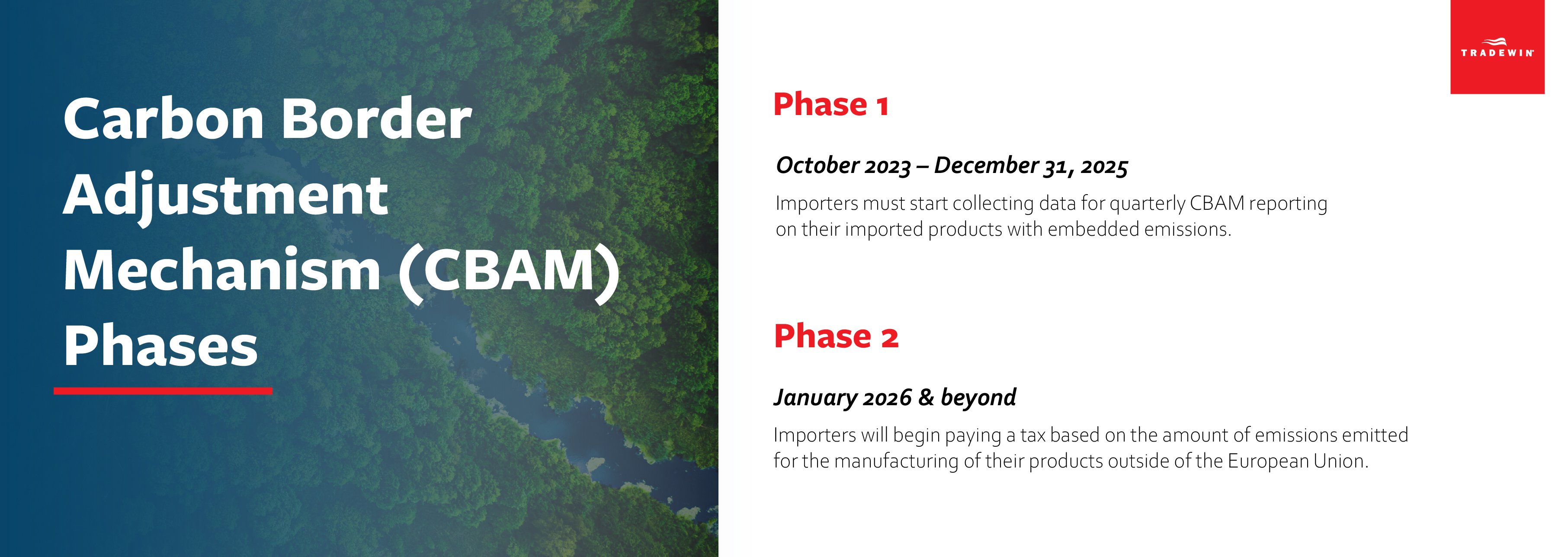
In 2015, the Paris Agreement was adopted under the United Nations Framework Convention of Climate Change and went into force in 2016. The agreement aims to hold the earth’s average temperature increase to less than 2°C and make collective efforts to limit the temperature increase to 1.5°C against pre-industrial levels.
We have worked with importers on some audits that have resulted in some minor changes and have even educated the importer. Then there are others that take up lots of time, money, and resources. All of the trouble and drama can be avoided with a little preventative maintenance.
The European Union took the language of the agreement and developed a plan, naming it ‘The European Green Deal’, which they published at the end of 2019. Within the deal, the Union committed to reduce greenhouse gas emissions by at least 55% by 2030. To reach this commitment, the Commission created the ‘Fit for 55’ legislative package, which included the Carbon Border Adjustment Mechanism (CBAM).
The CBAM regulation was published by the European Parliament and of the Council on May 10, 2023, and sets out the mechanism to control and tax the embedded greenhouse gas emissions associated with the production of imported goods from outside the European Union.
The implementation of the CBAM regulation is a two-phased approach. The first phase is a transitional regulation. The transitional period is in effect from October 1, 2023, through December 31, 2025.

Phase one requires that importers start collecting data for quarterly CBAM reporting on their imported products with embedded emissions. Any importer of record importing cement, fertilizers, iron, steel, aluminum, electricity, and hydrogen is obligated to report the amount of embedded greenhouse gasses, directly and indirectly, in their product.
The following information must be provided to the authorities every quarter during the phase one transitional period. Those details include:
- Quantity/tons of goods imported,
- EU HS classification,
- Country of Origin of the goods,
- Installation where the goods were produced,
- Production route used,
- Direct and indirect embedded emissions,
- For steel products, the mill where the raw material was produced.
During the transitional period, in preparation for the submission, importers should review which parts qualify for CBAM reporting, then reach out to suppliers outside of the EU and collect their emissions data.
When phase two of the regulation goes into effect in January 2026, importers will be required to begin paying a tax based on the amount of emissions emitted for the manufacturing of their products outside of the European Union. Phase two of the regulation will initially apply to a subset of products with these embedded emissions and will slowly expand to encompass all tariff headings by 2034.
The EU has published guidance regarding how emission data can be calculated that may assist production and manufacturing sites in understanding their obligations associated with the goods they ship to the EU.
If you require any assistance with the implementation or want to validate if the regulation applies to you, please do not hesitate to contact a Tradewin consultant.




